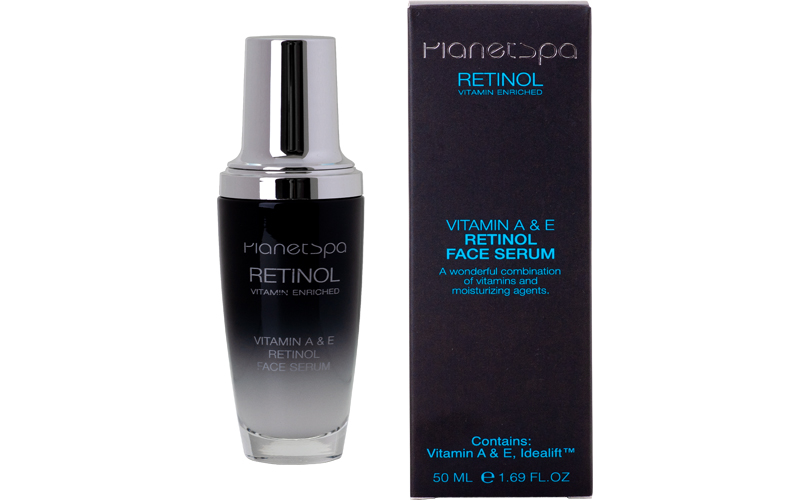
January 21, 2020
What is the Retinol?
What is the Retinol?
We have heard about the wrinkle - reducing benefits of retinol, but might not understand exactly what this miracle cream is—or does for the skin. In essence, retinol is a form of vitamin A, a nutrient we glean from food in our diet, as well as supplements, that is crucial for eyesight as well as maintenance of the skin. As a skin care ingredient, retinol works to neutralize free radicals, stimulate collagen production and accelerate skin turnover, smoothing fine lines and wrinkles and blurring acne marks and other blemishes in the process. You’ll find retinol as a star ingredient in many anti-aging serums and creams.
Given retinol’s impressive skin-boosting benefits, you’ll be hard-pressed to find a dermatologist who is not a proponent.
When to Start Using Retinol?
When you’re about to hit that big 40, consider yourself welcome to the retinoid family. If you skin has previous sun exposure leads to collagen damage, which weakens the skin’s foundation. Make sure that you are using a topical retinoid in the evening to help stimulate collagen, strengthen the skin and minimize the appearance of fine lines and wrinkles.
Most dermatologists advise to start with over-the-counter retinol products with the lowest concentration first and see how your skin reacts before moving to higher concentrations.
How to Apply Retinol for Best Results
As effective as retinol is when it comes to reversing damage, application plays a big part, because applying too much or too often can have the opposite effect and actually cause more damage.
Here’s how to incorporate retinol into your skin care routine:
Step 1: Wash your face and apply eye cream. An eye cream would be able to protect the delicate skin around your eyes.
Step 2: Wait a few minutes until your skin is completely dry. This is important, because if your skin is at all damp, the retinol will be able to absorb more deeply into your skin and might cause irritation. We want to apply moisturizers and serums to slightly damp skin, but never retinol.
Step 3: Take a pea-size amount of your retinol and, starting at your chin, apply with your fingertips in upward and outward motions.
Step 4: Finish with your moisturizer.
Step 5: Remember to apply a broad-spectrum sunscreen the morning after.
How Often to Apply Retinol
Using only a pea-size amount, and to start by applying it to your entire face every other night. Remember that it takes several weeks for your skin to adjust to the product, so it’s best to use it sparingly at first and then gradually increase your use as time goes on.
There is, however, a “retinoid reaction,” which causes skin peeling and redness for around two to six weeks or so after application. For most people, this is just an adjustment period, and this irritation goes away. This process is one of exfoliation, and during that first phase there is a thinner stratum corneum (top layer of epidermis), but what happens over time is that the dermis (deeper layer) becomes thicker and more robust with less lines (wrinkles live in the dermis).
The Best Skin Care Products to Use With Retinol
Retinol can be combined with other products to encourage cell rejuvenation, revitalizing the topical skin layer while improving collagen production.
When to Expect Results
As with any other skin care product, the key to seeing results is consistent use. Retinol will not deliver visible results quickly, so patience is essential.
Improvements in textural changes take about two to four months to start to become visible. With continued use, you’ll see more and more positive changes.